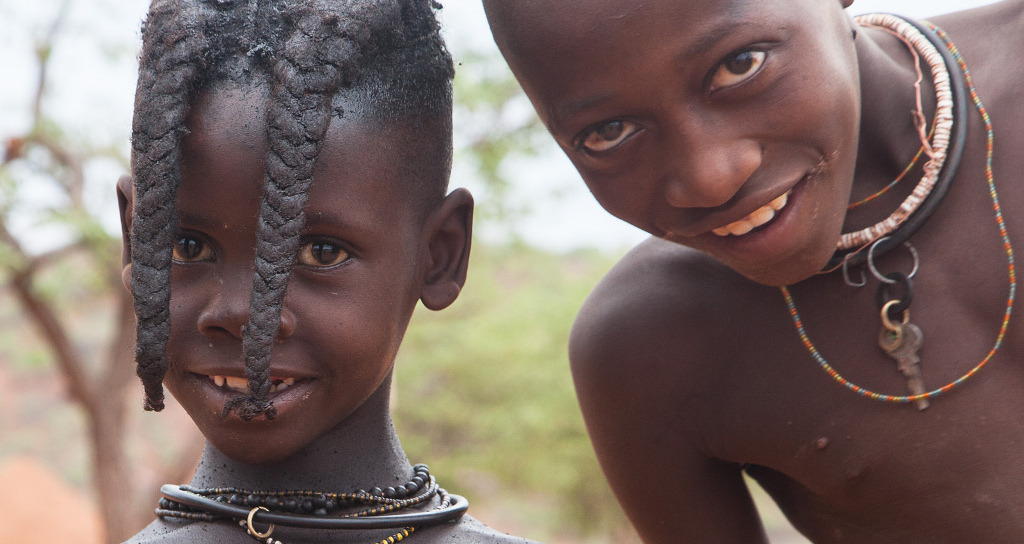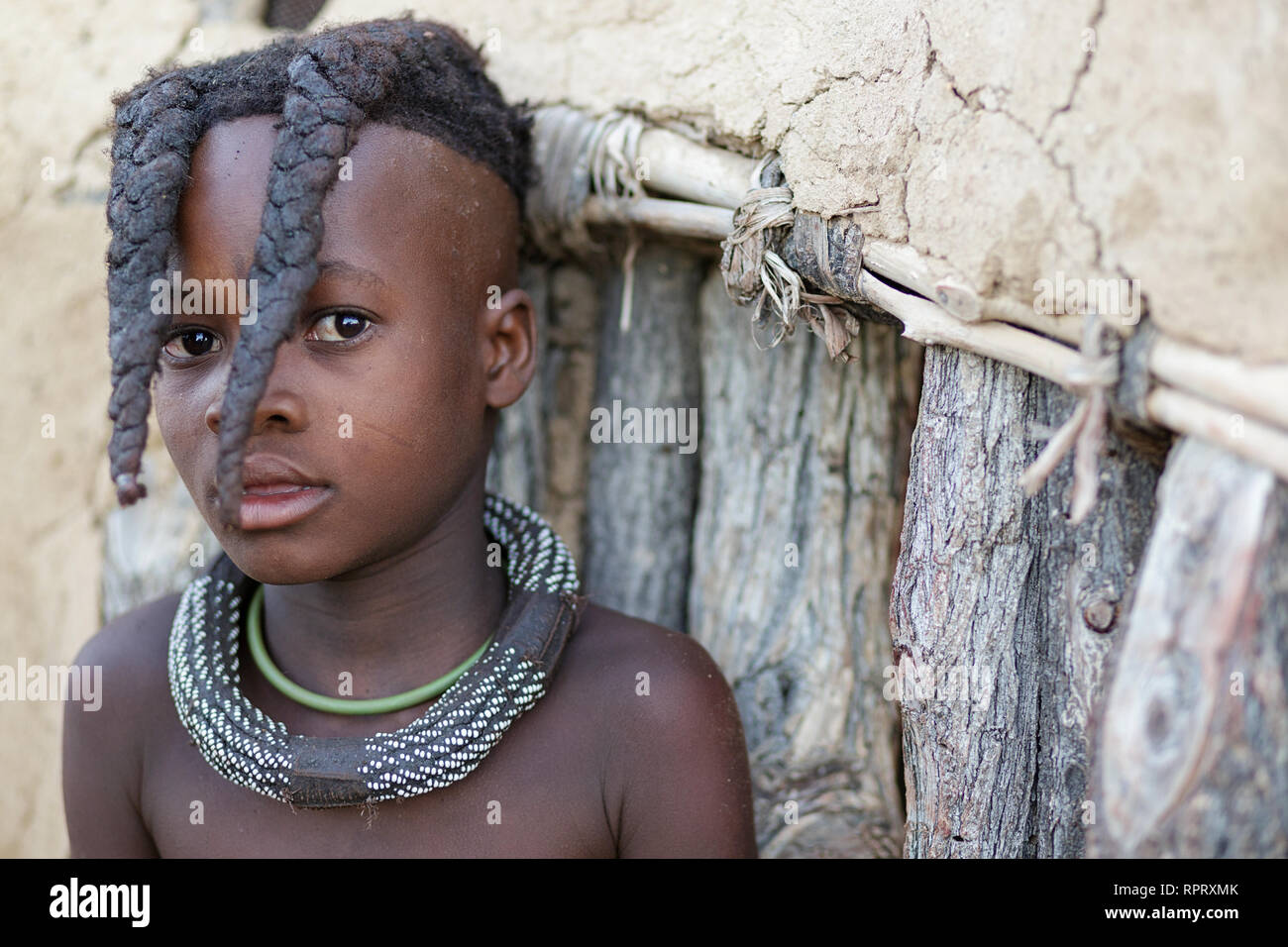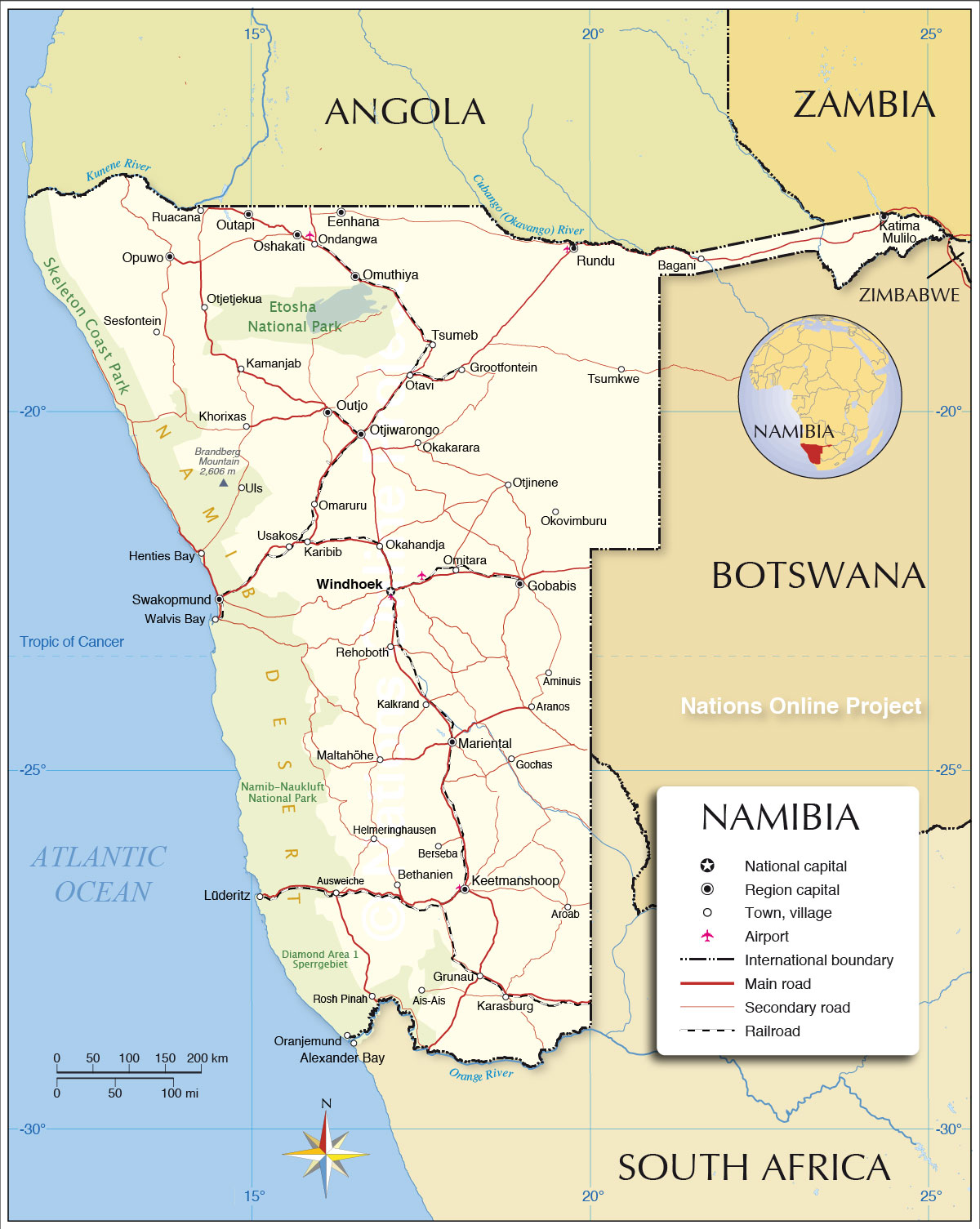

During this period the Caprivian's use their mokoro (dugout canoes) to traverse the routes normally utilised by trucks and pedestrians. When the Zambezi and Chobe rivers come down in flood, more than half of Eastern Caprivi may be under water. In addition to fishing and hunting, they keep cattle and cultivate the land. Most Caprivian's are subsistence farmers who make their living on the banks of the Zambezi, Kwando, Linyanti and Chobe rivers. Examples are the famous White Lady painting of the Brandberg and the rich treasure house of rock engravings at Twyfelfontein.Īpproximately 86 000 people live in the Caprivi (known as Caprivian's), on the north-eastern extension of Namibia which borders on Angola, Zambia and Botswana. The oldest of these date back 28 000 years. The wealth of Bushmen rock paintings and engravings found in mountains and hills throughout Namibia are proof of their former habitation of many parts of the country.

The Bushmen occupy only remote areas in eastern Namibia and the Kalahari Desert in Botswana. Also referred to as the San, these hunter-gatherers are the earliest known inhabitants of Namibia. The Bushmen (San) There are approximately 35 000 Bushmen in Namibia. RuKwangali spoken by 10% of households and.Nama/Damara spoken by 11% of households.According to the 2001 census figures the main indigenous languages are: Among European languages spoken in Namibia are German, Portuguese, Spanish and French. From secondary level English is the medium of instruction. Indigenous languages are included in the school syllabus at primary level. Namibia has a small number of Khoisan speaking people, known as the Bushmen or San. Due to the country's colonial history Afrikaans, the language of the previous South African occupiers is still widely spoken and functions as the lingua franca in Namibia. People commonly speak two or three languages and more than 50% of the population speak Oshiwambo. More than 11 languages are indigenous to Namibia but with its cosmopolitan society, languages from around the world are spoken in Namibia. LANGUAGES SPOKEN IN NAMIBIAĮnglish is the official language, but Namibia's relatively small population is extraordinarily diverse in language and culture. The Himba women (of Herero descent) rub their bodies with a mixture of red ochre and fat, wear traditional body ornaments and garments, and have hairstyles that correspond to their age, sex and social status. The Herero are a pastoral cattle-breeding people, whose women wear Victorian-style dresses adapted from the wives of Rhenish missionaries. The most striking feature of the traditional Owambo social system is that of matrilineal descent. Eight Owambo sub-tribes live in Namibia, the largest being the Kwanyama. The Nama of the south also have a great oral tradition of poetry and prose and a natural talent for music.

The oldest inhabitants, the San, are great storytellers and love music, mimicry and dance. Namibians are a heterogeneous society of many cultures.


 0 kommentar(er)
0 kommentar(er)
